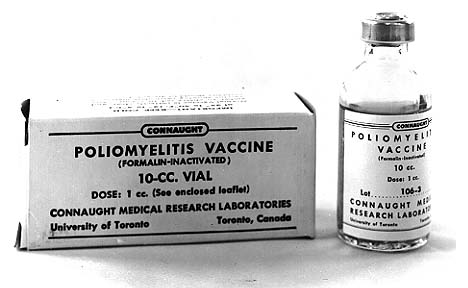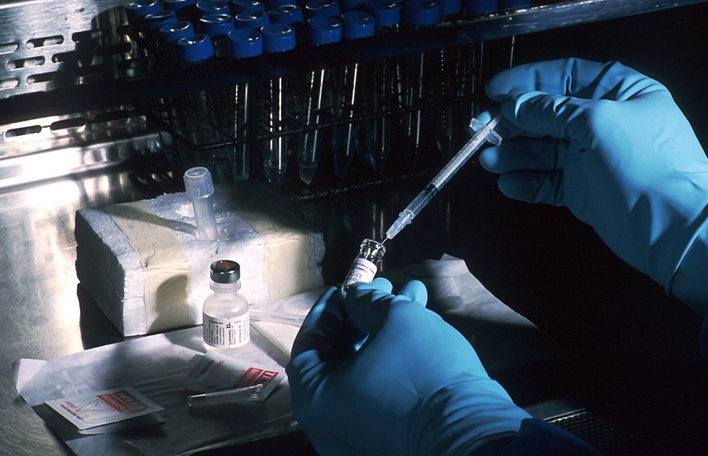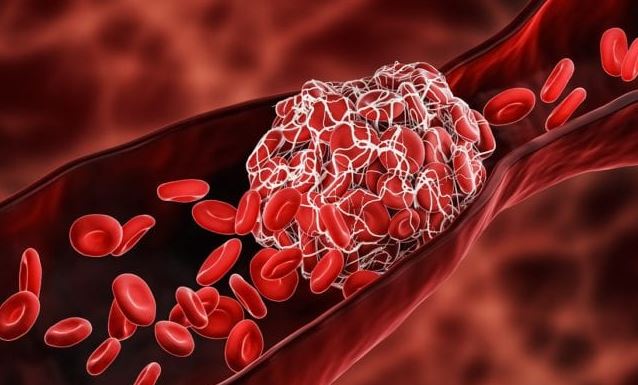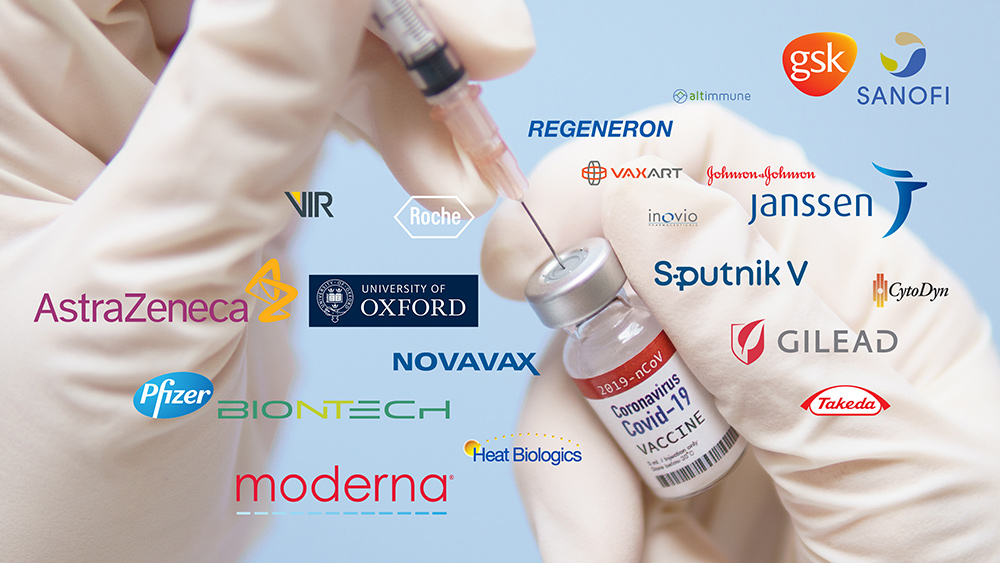Are you eating GMO foods without knowing it?
08/31/2022 / By Olivia Cook

Genetically modified organisms or GMOs are produced by unnatural, high-tech or sophisticated altering of the genetic material of an organism like gene-splicing and combining the DNA of species in a laboratory environment.
GMO technology uses specific scientific innovation to genetically alter plants and make them bigger and higher yielding under environmental stresses. Also known as agricultural genetic engineering or bioengineering, this technology makes plants more resistant to common herbicides, diseases and attacks by insects.
Genetically-modified (GM) ingredients like corn syrup, cornstarch, cottonseed oil and soy lecithin are liberally used in many processed foods that are made in America or hidden in about 30,000 packaged and canned food products.
The Center for Food Safety estimates that upwards of 75 percent of processed foods on supermarket shelves contain genetically-engineered (GE) ingredients — from soda and crackers to condiments.
GMO foods may cause toxic effects
An article published in the journal Critical Reviews in Food Science and Nutrition reported that the results of most studies with GMO foods indicate that they may cause toxic effects, such as hepatic, pancreatic, renal or reproductive effects and may alter the hematological, biochemical and immunologic parameters.
Since the early 1990s, different genes have been introduced into the food chain to humans. And now, most animal feeds are also genetically modified. So even if we avoid GM foods, we are still consuming them if we eat farmed meat. GMOs enter your body through thousands of packaged and canned food products, fresh produce and through the meat of farmed animals you eat that are being fed GM crops.
Today, only 64 countries around the world require GM foods to be labeled. GMOs are not currently labeled in Canada.
GMO labeling is optional in the United States. Many food producers that make GMO foods choose not to voluntarily provide information on their product labels beyond what is required by the Food, Drug and Cosmetic Act (FD&C Act) regulations because doing so may negatively affect their sales. (Related: The false claims of GMOs.)
The Food and Drug Administration (FDA) mandates labeling “only if there are significant differences in the genetically-modified version, such as the presence of a different allergen.”
Ways to avoid GMO foods
Below are different ways to make sure that you are buying non-GMO foods. (Related: How to avoid GMOs.)
Buy food labeled 100 percent organic
- On the product labels, look for the mark of approval of Trusted Organic Certification institutions that include the United States Department of Agriculture (USDA), Quality Assurance International (QAI), Oregon Tilth and California Certified Organic Farmers (CCOF).
- Be sure that the product label says 100 percent organic. Just because something says “organic,” does not mean that it doesn’t contain GMOs. It can still contain up to 30 percent GMOs.
- Look for eggs that are 100 percent organic because eggs labeled “free-range,” “natural” or “cage-free” are not necessarily GMO-free. You can look for the “USDA Certified Organic” labels.
Recognize fruit and vegetable label numbers
Check the price look-up (PLU) four- and five-digit codes provided by the International Federation of Food Standards (IFPS) on stickers of fruits and vegetables that you buy at the store, which identify different types of produce and manage checkout and inventory faster and more accurately. A sticker with No. 4011, for example, is the code used for a standard yellow banana.
- The number nine prefix added to a PLU signifies that an item is organic.
- The number eight prefix added to a PLU signifies that an item is genetically engineered.
Buy 100 percent grass-fed meat
The majority of cattle in the U.S. are grass-fed, but some spend the last portion of their lives in feedlots where they may be given GM corn to increase intramuscular fat. Focus on purchasing meats from animals that are free-range and grass-fed. Avoid eating farm-bred animals as you are eating GM food by proxy.
- Make sure the cattle were 100 percent grass-fed or pasture-fed.
- Some pork and chicken cannot be 100 percent grass-fed, so look for pork and chicken meat that are labeled 100 percent certified organic.
- Buy only wild-caught fish instead of farm-raised fish that are fed with GM grains.
Look for products that are specifically labeled as non-GMO or GMO-free
Organizations like the “Non-GMO Project” track the entrance of GMOs into the food supply chain and provide valuable information for retailers and shoppers that include companies and foods that do not use GM foods or ingredients, GMO crops to avoid, non-GMO labels to look and related information.
- Know that producers who label their food GMO-free do not make any health claims regarding their products.
- Don’t be fooled by clever marketing that includes “natural” or “all-natural” claims on food labels, which consumers often think means “organic.”
- If you cannot get organic food, at least buy non-GMO.
Become familiar with high-risk crops
High-risk crops are the products that are most likely to be genetically modified. The USDA has estimated that GM foods represent 75 to 95 percent of America’s biggest crops that are commercially available: corn (field and sweet corn), cotton, soybeans, alfalfa, apples, bananas, canola, papaya, peas, potatoes, rice, sugar beets, summer squash, zucchini, vegetable oils and even farm-raised salmon.
Be aware of ingredients derived from GMO crops
As responsible and health-conscious consumers, you should read the food labels of processed, packaged and canned food products and avoid any of these ingredients: synthetic forms of amino acids (not naturally occurring in protein), aspartame, synthetic vitamin C or ascorbic acid, sodium ascorbate, citric acid, sodium citrate, ethanol, natural and artificial flavorings, high fructose corn syrup, hydrolyzed vegetable protein, lactic acid, maltodextrins, molasses, monosodium glutamate, sucrose, textured vegetable protein, xantham gum, vitamins and yeast products.
Use a shopping guide
You can download a True Food Shopper’s Guide application created by the Center for Food Safety for iPhones and Androids that can help you avoid GMOs when you are shopping.
Visit GMO.news to learn more about the health risks of eating GMO foods.
Watch the video below for the lowdown on GMO and GM foods.
This video is from the Kreskaworld channel at Brighteon.com.
More related stories:
NYT “Learning to love GMOs” article is pure propaganda masquerading as journalism.
Top 7 consumption habits where people forget to “weed out” GMO.
Sources include:
Submit a correction >>
Tagged Under:
biotechnology, clean food watch, Food Evolution, food safety, food science, franken food, genetic engineering, genetic lunacy, genetic modification, genetically modified organism, GM foods, GMO, grocery, products, stop eating poison, USDA
This article may contain statements that reflect the opinion of the author
RECENT NEWS & ARTICLES
COPYRIGHT © 2017 BIO TECH NEWS




















